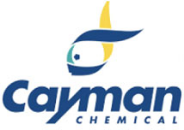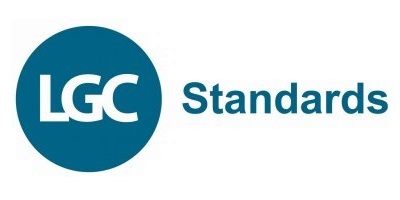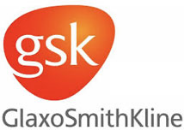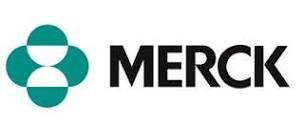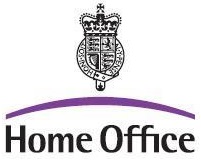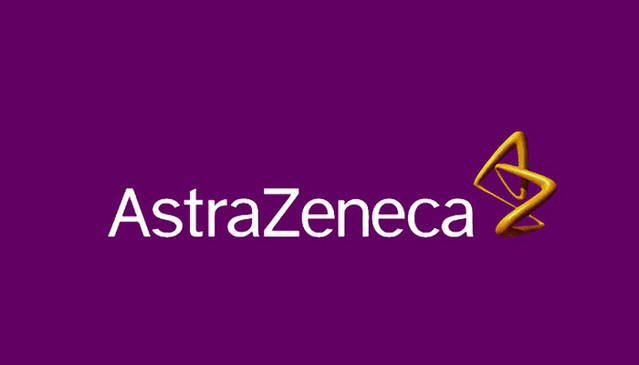Can REACH compliance learn from Controlled Drugs
What can REACH-related compliance efforts learn
from the Pharmaceutical R&Ds experience with
controlled drugs?
Can the tools, technologies and techniques developed be adapted to aid compliance?
Scitegrity Joe Bradley recently wrote an article for the Chemical Industries Association (CIA) discussing our and our customers experiences in automating and improving the accuracy of chemical compliance checks against Controlled Drug and dual use legislation. Can what has been developed and learnt be applied to REACH, PIC and more?
You can read the full article here on pages 15 and 16 …. with an overview below
Introduction
In late 2000s the Pharmaceutical R&D industry faced a significant regulatory challenge. Given the chemical space it often operates in, designed to have biological activity, legislation such as the Misuse of Drugs Act in the UK and the Controlled Substances Act in the USA are some of the primary regulations to be adhered to. The acts pose numerous challenges,
with arguably the hardest being to identify what substances within an organisation are controlled. This is because in addition to regulating an example named chemical, the legislation also controls all derivatives (ethers, esters, salts and stereoisomers) and even entire chemical classes, via complex technical chemical descriptions known as ‘generic statements’ of chemical space (see fig 1).
Starting in the early 2000s and in response to the increasing numbers of emerging “legal highs”, the frequency of legislation updates and use of generic statements globally expanded significantly. Little international alignment, even within the EU where drug laws are largely legislated for at the national level, further added to the challenge. Furthermore, in general, there are no exemptions for handling small amounts or R&D activity, with the risk of significant financial and criminal penalties for noncompliance.
So even a few milligrams of a substance has to be treated as regulated, with appropriate controls, tracking and regulatory reporting put in place. Given most pharma research chemical
collections run into hundreds of thousands or even millions of novel and proprietary chemicals, routinely shipped and stored internationally, it became a near impossible job to manually, or even semi automatedly, identify controlled substances proactively.
With this being a shared pre-competitive issue, in 2014 several major Pharm companies via the Pistoia Alliance launched a project to sponsor the development of a commercially available, highly accurate, regularly updated software service able to automatically identify if, where and how a chemical is regulated globally under Controlled Drug laws. The goal was to encode these complex chemical rules and substances into a service, allowing structurebased searches capable of routinely checking 10s of millions of chemicals.
Seven years on, the solutions which came from this, developed by Scitegrity, are now widely used by pharmaceutical companies, chemical suppliers, CRO’s and regulators to
automatically identify and alert to controlled chemicals. The initial coverage has expanded to cover controlled drug legislation in over 28 countries as well as related legislation for
chemicals subject to military and dual use regulations, ozone depleting and chemical weapons conventions, Harmonised Tariff codes and import duty rates.
Parallels with REACH, Rotterdam and related legislation
Could such an approach be used to aid with compliance to REACH, PIC/Rotterdam, POPs and similar legislation? Technically we believe enabling the structural searching of this
legislation is feasible. Indeed, it shares several common aspects to Controlled Drug (CD) legislation globally –
- Like CD legislation, REACH often regulates a ‘parent’ chemical plus all its possible salts forms.
- REACH typically only lists a few example names or CAS numbers, however chemicals can be known by dozens or even hundreds of names and identifiers, making name based
search approaches prone to missing matches. - REACH also controls areas of chemical space or derivatives of named chemicals. For example ‘organostannic compounds’ and ‘Polybromobiphenyls’ are analogous to
CD ‘generic statements’. You cannot simply search these via name or CAS number, instead you must compare the structure of the chemical under question to see if it fits with the - REACH definition. Any names or CAS numbers listed by REACH as part of the generic statements are usually just common examples. New proposed controls such as those on Perfluoroalkyl chemicals (PFAS) suggests REACH will continue to move in this direction.
- REACH is regularly updated, requiring existing substances to be re-checked for compliance, while each new addition makes manual or text based searches more complex,time consuming and error prone.
Exploring the potential for REACH and related legislation
By encoding the rules and substances listed in REACH and related legislation, it should be possible to automatically determine whether something is covered by REACH via structure based searching and display the restriction imposed. It may even be possible to proactively check the impact of proposed additions such as the ban on Perfluoroalkyl chemicals (PFAS).
As with all regulations there will be technical limitations on what can be done and there will also be a need for experts to provide context to results. Even so, as they have done with controlled drugs, computational solutions like those outlined in this article have the potential to enable a robust, regular and automated check of all chemicals against REACH and
related legislation, while at the same time freeing up experts to more value adding activities such as providing context to ‘hits’.
However, just because something is technically possible, does not mean that it is useful or required. Companies and industries subject to REACH will naturally have different
use cases, challenges and requirements to those of Pharmaceutical R&D. To that end, we would like to hear from CIA members interested in exploring with us
whether this approach would be beneficial to their compliance efforts. Please contact us
Joe Bradley worked for 15 years in the Drug Discovery industry before founding Scitegrity in 2011. Scitegrity specialises in encoding chemical legislation allowing it to be searched
via chemical structure and counts 5 of the world’s top 10 pharma companies and numerous CROs and forensics standards companies as clients.
Trusted by our Clients
